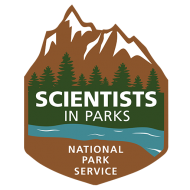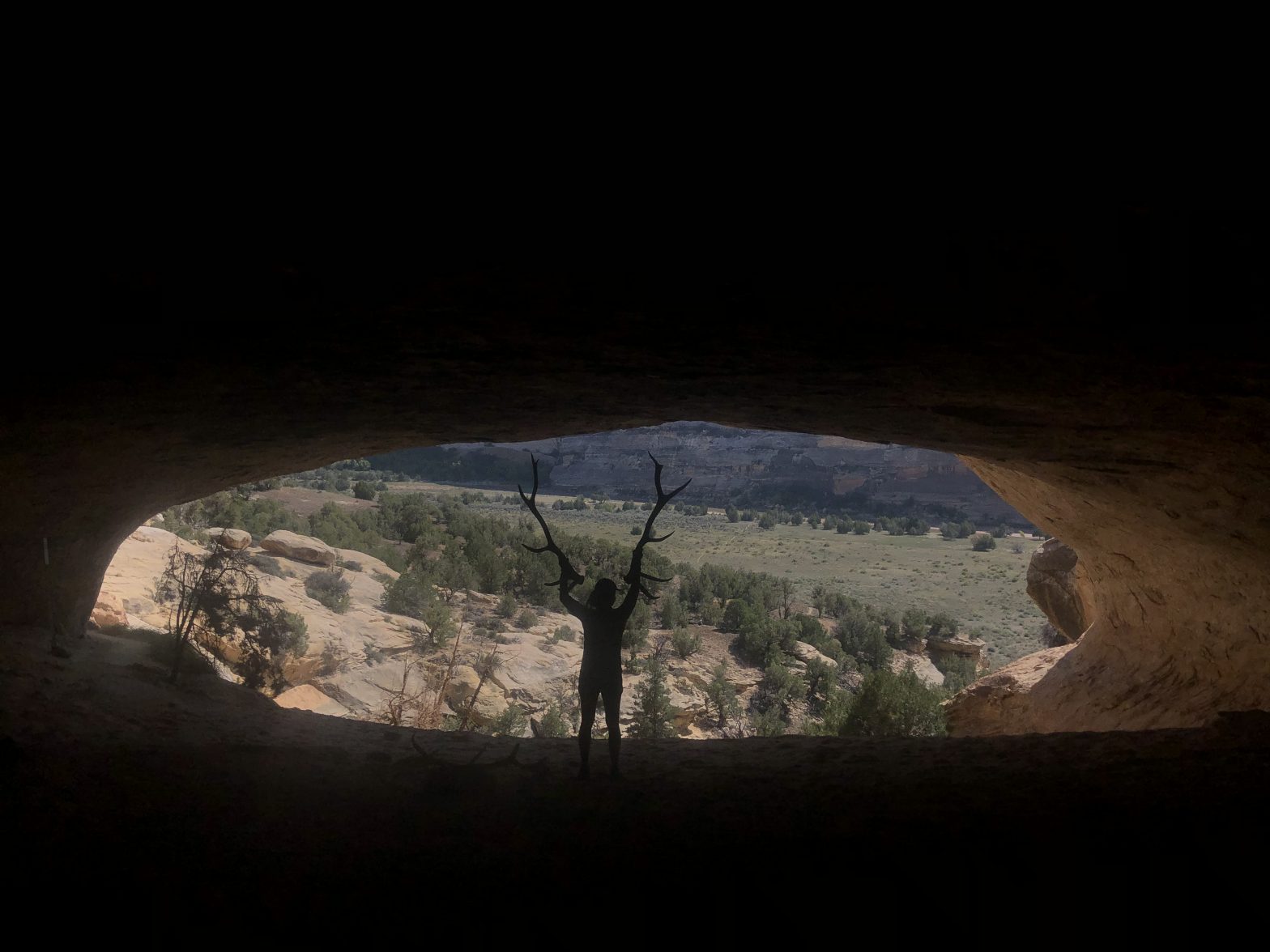One of my favorite parts of my Scientists in Parks Fellowship was getting the chance to actually work in a practical setting on truly interdisciplinary projects. Unlike many of my fellow cohort members (who did extremely impressive work in their parks), I was not working on one project, one organism, or even in one ecosystem. Instead I had three projects, each on a species, each on a different aspect of the monument landscape, and each requiring a different set of tools and skills.
Throughout my time in school, I’ve been told over and over again that I must focus. I need to find a specific field, become an expert in that, and once I do that I will have the freedom to branch out and add other topics to my work or research should I choose to. To me that sounds like a time-costly and expensive way to actually get to a place where I can make a difference. And in reality, lasting solutions to global problems are always going to require interdisciplinary collaboration.
I also struggled because I didn’t know how to pick one discipline, I was interested in so many. Even as a biology major, which seemed like a step towards a focused path, I was torn between biomedically focused biology and environmentally focused ecology tracks. I did undergraduate research and wrote an honors thesis on respiratory physiology of animal models, and also studied abroad in the Galapagos and Tanzania, where I studied wildlife conservation and associated politics.
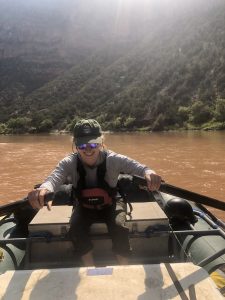
When COVID-19 struck after my college graduation, I took on two remote internships concurrently. The first was for a science non-profit aimed at addressing global antimicrobial resistance while also encouraging children from underrepresented communities to consider careers in STEM and medicine. The second was for a wild orangutan research project in Indonesia, working on conserving rainforests and protecting orangutans. At the time it seemed like I was traveling down two opposite science career paths simultaneously, either to become a public health professional or a primatologist. I now realize though that those two fields actually have quite a lot in common, and would probably benefit from more collaboration.
My M.S. degree is in Conservation Medicine, a field that operates under the “One Health” principle that human, animal, and environmental health are all inextricably connected. Within this program we were taught that a true solution to any global health issue requires understanding of all three aspects to be successful long term. Zoonotic diseases (diseases that travel between humans and other species), as an example, make up the majority of public health concerns globally. Examples of zoonotic diseases include COVID-19, Anthrax, Ebola, Rabies, and Bovine spongiform encephalopathy (Mad Cow Disease). To manage or prevent a zoonotic outbreak requires intense interdisciplinary collaboration. This means a medical understanding of the human immune system, zoological understanding of the carrier species, understanding of how the human and other species both interact in the same environment, and how to change that environment to prevent the disease without somehow causing an outbreak in a different one. It also includes public relations and health campaigns, public policy, education, and understanding cultural norms in the area of the outbreak. In situations like this, people who understand animals, humans, policy, and the environment are extra useful. This One Health approach to problem solving also applies to issues like human wildlife conflict, ocean conservation, waste management and plastic reduction, and sustainable food systems.
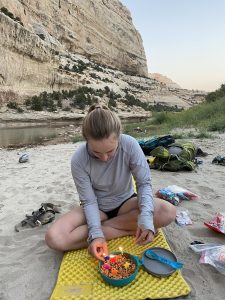
My Scientists in Parks Fellowship was exciting because although I was working on three different topics (invasive plant management, federally threatened plant monitoring, and wildlife monitoring), they were connected by the use of GIS. I was able to practice and refine my mapping software and data management skills, while also collaborating with wildlife biologists, botanists, rare plant specialists, boaters, community volunteers, and non-profit coordinators. Each of the projects I worked on would not have been possible if only the specific biology specialists had been involved. It was clear that interdisciplinary collaboration and communication is key to the success in conservation and natural resource management. However, I also observed that not many jobs listed in the National Park system clearly search for interdisciplinary candidates.
Because I haven’t really “chosen a path” yet, I have a very broad range of experience and can talk at length about a lot of topics. From Scientists in Parks I could tell you all about dispersion of bighorn sheep along the canyon corridors in the monument and why understanding their genetics is important, the process of monitoring Spiranthes diluvialis, the tresses-orchid that is federally threatened and important in protecting the riparian zones, and the devastating impacts of leafy spurge in the Northern Great Plains region and the complications with managing it near Dinosaur.
From my Conservation Medicine program I could tell you at length about agricultural desertification, soil health, and threats to global food security, the sustainability and nutritional value of adopting insects as a protein source, hyena-livestock conflict in the Serengeti-Mara ecosystem, the impacts of microplastic on the fertility of ocean megafauna and the complexities of recycling, anthrax as a zoonotic disease threat in both Siberia and in central West Africa, and the political complications of grey wolf reintroduction in Colorado.
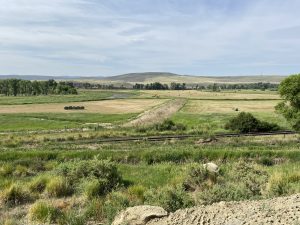
I have working knowledge of Swahili, and Spanish, as well as enough Bahasa to work in a wildlife research position in Indonesia. I’ve also worked as an Emergency Medical Technician in Maine and performed necropsies on dead manatees in Florida. I am proficient with data visualization software like ESRI ArcGIS and ENVI, and I can pilot drones for data collection.
While I’m consistently told that this spectrum of topics in my experience is a detriment because it doesn’t show focus, I will continue in this manner and view it as a strength. I also think all students should be encouraged to branch out and get experience outside of their chosen path. I want to be part of large scale solutions to climate issues, and for that I know that a multifaceted mindset will be an advantage and make my contributions more valuable. I appreciated my fellowship because I started to see the practical uses of my broad experiences, and to learn that GIS and data technology is tool that can span really any discipline.
That said, I also think that all the conservation efforts within the National Parks system could foster more impactful research by encouraging scientists to get experience in humanities, policy, or other areas of science to broaden their understandings of the world and environment that they work in.
I greatly appreciate my time at Dinosaur National Monument and with Scientists in Parks 2021. I encourage anyone hoping to expand their career to apply, even if it is for a project that you are not sure you’ll be interested in or a park you have never heard of. I’m not sure what comes next for me, but if you’re interested in following along or contacting me, I’ve included several links below.
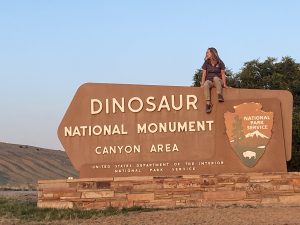
LinkedIn = Mary Buford Turnage, twitter = @marybufordturnage, TikTok = @marybufordx
